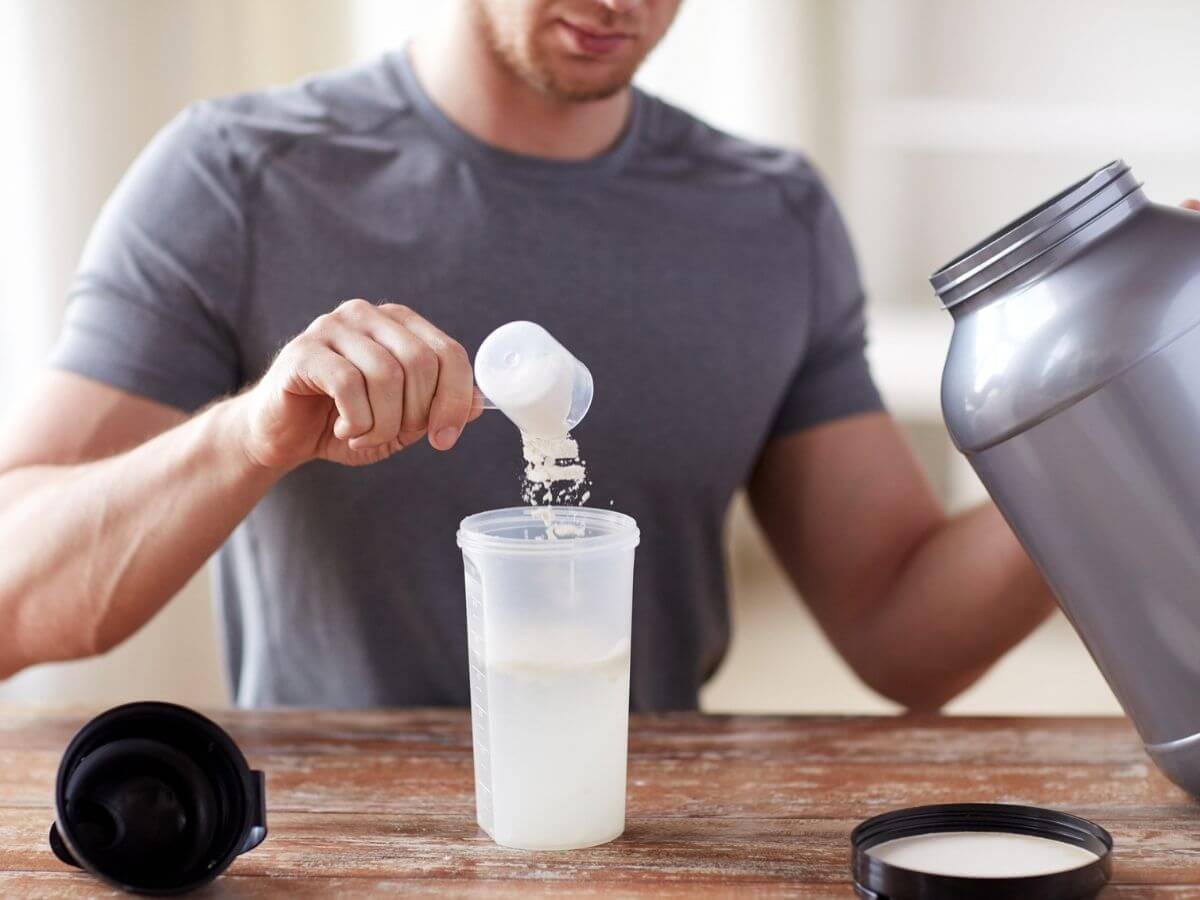Best Exercises for Heart Health

Clinically reviewed by Jamie Robertson, NSCA-CPT.
It’s safe to say your heart is the hardest-working muscle in your body. It contracts 60 or more times every minute of every day of your life, supplying every square inch of your body with blood and the life-giving oxygen and nutrients it carries.
That’s why it’s essential to keep your heart in good shape. How do you do that? Talk with your doctor about your desire to start an exercise regimen and then get plenty of three different types of heart-healthy exercise.
Aerobic Exercise for Heart Health
The word aerobic means “with oxygen.” If you’ve ever taken an aerobics class, you know that by the end of the session, you’ve consumed lots of it! That’s because oxygen helps your muscles burn fuel. People also refer to this type of exercise as “cardio.”
Many types of exercise achieve the same effect — increasing your heart and respiration rates, which strengthens your heart and lungs. Moderate-intensity aerobic activities include going for a brisk walk, biking on flat terrain, dancing, and swimming at a leisurely pace. The Centers for Disease Control and Prevention (CDC) recommends that adults get 2.5 hours or more of moderate-intensity exercise weekly at intervals of at least 10 minutes.
Vigorous-intensity aerobic exercise includes things like running, biking on hilly terrain, swimming laps, or playing competitive sports. If you choose to get your exercise from vigorous activities, the CDC recommends 1.25 hours weekly.
And, of course, there’s nothing wrong with alternating between moderate- and vigorous-intensity exercise throughout the week. One minute of vigorous activity is the equivalent of two minutes of moderate activity.
It’s also important to listen to your body. If your workout plan says “30-minute run” today, but you aren’t feeling up to it, maybe a long walk is fine.
Strength Training for Heart Health
Strength training is anaerobic — meaning “without oxygen.” It occurs in short bursts in which the muscles use an energy source that doesn’t require oxygen.
Especially when combined with getting the recommended amount of aerobic activity, strength training (also called resistance training) builds lean muscle mass and increases your good cholesterol level while decreasing bad cholesterol. So, if you’re considering weightlifting vs. cardio for heart health, you should do both.
The CDC recommends two strength training sessions weekly on non-consecutive days to give your muscles a chance to recover. Your strength training workout can include lifting weights, doing body weight resistance like pushups and squats, or using resistance bands. Beginners should do exercises in sets of 8 to 12 repetitions for 2-3 sets and select exercises that work all your main muscle groups (Back, Chest, Core, Lower Body) each week.
Flexibility for Heart Health
Flexibility exercises like yoga, Pilates, and tai chi don’t affect the heart as directly as aerobic exercise and strength training. But they play an important role in improving mobility which can decrease your chances of having joint or muscle pain while exercising or suffering an injury. They also reduce your injury risk by improving your balance.
As a result, these exercises support your cardio and resistance training activities. While there aren’t specific recommendations for flexibility training, it’s something you can do anywhere and should do often.
What’s a Good Heart Rate During Exercise
A great way to assess the intensity of a cardio workout is to check your heart rate. Simple techniques include the talk test and evaluating your rate of perceived exertion. For the talk test during light intensity exercise you will be able to sing or talk without having to take breaths. During moderate intensity exercise you may still be able to talk but have to take some breaths and unable to sing. Higher intensity exercise will leave you unable to talk during the exercise but able to speak upon stopping, and should be reserved for those with more experience.
To use the rate of perceived exertion scale see the chart below
| 10 | Maximum Exertion Cannot push any harder |
| 9 | Very Hard Activity |
| 8 | Hard Activity Difficulty breathing, unable to speak |
| 7 | Hard Activity Heavy sweating, difficulty speaking |
| 6 | Moderate Activity Moderate sweating, able to speak |
| 5 | Moderate Activity Speaking is easy, light sweating |
| 4 | Light Activity Breaking a sweat, comfortable speaking |
| 3 | Light Activity Comfortable, slight difficulty breathing |
| 2 | Minimum Activity Barest exertion |
| 1 | Resting No exertion |
The American Heart Association has helpful information on exercise intensity, including how to check your pulse and a chart on max and target heart rates. Remember to also consider your overall health and medical history and talk with your doctor before setting your heart rate goals and starting an exercise program.
Improve Your Heart Health with Help from Baptist Health
Improving your heart health and overall fitness gives you more energy, lowers your risk of many diseases, and can even positively affect your mental health. When you’re ready to start an exercise program, talk with your doctor. Baptist Health now also offers Exercise Education Services for patients to receive exercise counseling from a certified personal trainer, ask your doctor if a referral is right for you.
They can provide recommendations based on your current health and goals. That includes advice on how much exercise per week would be good for you, how vigorous your aerobic workouts should be to get you into the “cardio zone,” etc.
If you don’t have a Baptist Health physician, you can find one using our online provider directory.



